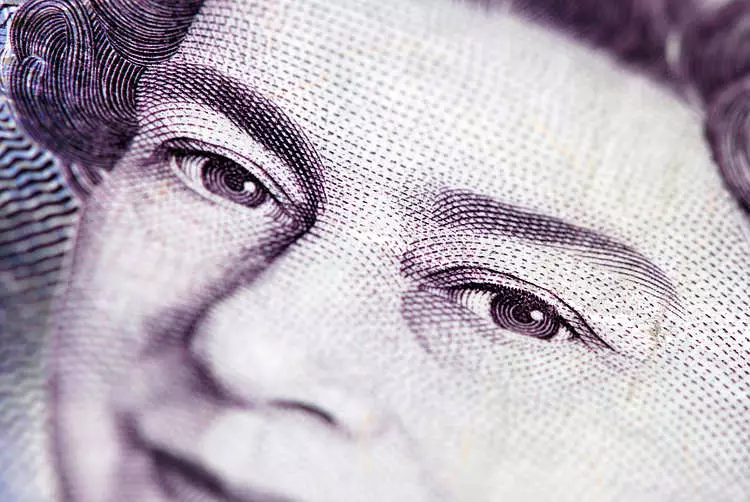The GBP/USD pair has been on the rise in early European trading, reaching around 1.2770. This upward movement can be attributed to growing expectations of a rate cut by the US Federal Reserve in September. Market participants are now fully pricing in a quarter-basis point interest rate decrease by the Fed, leading to a decline in US Treasury yields. This decrease in yields, currently at 4.01% and 3.97%, has put pressure on the Greenback and supported the appreciation of the GBP/USD pair.
Following the Bank of England’s recent decision to cut interest rates from a 16-year high, the Pound Sterling has faced obstacles. The BoE lowered rates by a quarter-point to 5% after a close vote among policymakers who were divided on the easing of inflation pressures. This decision has impacted the GBP/USD exchange rate and could limit further upside potential for the pair in the near term.
Heightened geopolitical tensions in the Middle East have also influenced the GBP/USD pair. Israeli forces intensified airstrikes on the Gaza Strip, resulting in casualties and escalating the conflict with Hamas-led militants. This increased conflict has raised concerns about a broader regional confrontation, affecting market sentiment and potentially leading to more safe-haven flows. These geopolitical uncertainties could restrain the upside of the GBP/USD pair in the face of risk-off sentiment.
The value of the Pound Sterling is heavily influenced by the monetary policy decisions of the Bank of England and economic data releases. The BoE’s primary goal of maintaining price stability through a steady inflation rate of around 2% drives its interest rate adjustments. High inflation prompts rate hikes, while low inflation may lead to rate cuts, affecting the attractiveness of the UK for global investors and impacting the GBP exchange rate. Economic indicators such as GDP, PMIs, employment data, and the Trade Balance also play a crucial role in shaping the value of the Pound Sterling. Strong economic data is generally positive for GBP, while weaker data can lead to depreciation.
The Pound Sterling, the oldest currency in the world, is the official currency of the United Kingdom and one of the most traded currencies in the FX market. With a daily average trading volume of $630 billion, the Pound Sterling accounts for 12% of all FX transactions. Its key trading pairs, including GBP/USD and GBP/JPY, play significant roles in global currency markets. The Bank of England issues the Pound Sterling, and its monetary policy decisions have a direct impact on the value of the currency.
Overall, the GBP/USD exchange rate is influenced by a combination of factors, including monetary policy decisions, economic data releases, geopolitical tensions, and market sentiment. The interplay of these variables shapes the direction of the currency pair and highlights the importance of staying informed about key developments in order to navigate the dynamic foreign exchange market.

